Within higher education, we tend to talk about LMS solutions based on an institutional perspective – which systems can serve as the official LMS for an entire institution. While this view is important and forms the basis for my LMS graphics, the emergence of new educational delivery models has led to the development of some interesting program-specific LMS models. One example that I have already written about is 2U’s platform (built on top of Moodle and Adobe Connect) for their specific Online Service Provider (OSP) business.
One educational model that is becoming more and more important is competency-based education (CBE). One of the challenges for this model is that the traditional LMS – based on a traditional model using grades, seat time and synchronous cohort of students – is not easily adapted to serve CBE needs. As described in this CBE primer:
OBE [Outcome-based education] can be implemented in various modalities, including face-to-face, online and hybrid models.
Competency-based education (CBE) is a narrower concept, a subset or instance of OBE, where the outcomes are more closely tied to job skills or employment needs, and the methods are typically self-paced. Again based on the Malan article, the six critical components of CBE are as follows:
- Explicit learning outcomes with respect to the required skills and concomitant proficiency (standards for assessment)
- A flexible time frame to master these skills
- A variety of instructional activities to facilitate learning
- Criterion-referenced testing of the required outcomes
- Certification based on demonstrated learning outcomes
- Adaptable programs to ensure optimum learner guidance
Enter Helix (again)
In 2008 Altius Education, started by Paul Freedman, worked with Tiffin University to create a new entity called Ivy Bridge College. The goal of Ivy Bridge was to help students get associate degrees and then transfer to a four-year program. Altius developed the Helix LMS specifically for this mission. All was fine until the regional accrediting agency shut down Ivy Bridge with only three months notice.1
The end result was that Altius sold the LMS and much of the engineering team to Datamark in 2013. Datamark is an educational services firm with a focus on leveraging data. With the acquisition of the Helix technology, Datamark could expand into the teaching and learning process, leading them to rebrand as Helix Education – a sign of the centrality of the LMS to the company’s strategy. Think of Helix Education now as an OSP (a la carte services that don’t require tuition revenue sharing) with an emphasis on CBE programs.
I asked the Helix team to give me a demo of their tool, with permission to do screen grabs, to get a better sense of the system design and inter-relationship with CBE. The goal is to understand some of the nuances brought about by a CBE design focus, based on 3 of the 6 components from SPT Malan. I am not trying to judge better or worse in terms of LMS design but rather to get a better visualization of the implications of CBE.
First – the main page:
1) Explicit Learning Outcomes
The learning outcomes are embedded throughout the course, including the ability to allow a pretest and determine the starting set of competencies.
From a faculty and / or course designer standpoint, there is also a view to determine the coverage of competencies within the course.
2) Flexible Time Frame
The system gives estimates of the time required for most tasks and allows the student to choose their own course plan. The “schedule” then adjusts based on the course plan.
Because the course is essentially self-paced, Helix adds some features to allow peer assessment and discussions, often in an asynchronous manner (based on current and past discussions of students at the same point in the course, but allowing real-time faculty interaction).
Students can ‘like’ and choose to ‘follow’ different discussions. I asked if students can ‘follow’ other students, and the answer was no (but possible in roadmap).
6) Adaptable Programs / Learner Guidance
This one was interesting, as Helix allows students to select different levels of guidance – hints, examples, step-by-step, etc.
Notes
- I am doing some research to see if I can get other examples from CBE programs, but there seems to be movement of newer educational models, including CBE, becoming more likely to develop program-specific LMS solutions.
- While the Helix team stated that the assessments (formative and summative) can be set up with essays or other non-multiple-choice formats, the overall view of this platform gives a good view of the fairly prescriptive, objectivist nature of CBE.2
- Helix stated several times during the demo that the LMS could be applied to non-CBE programs, but my focus was on the CBE nature of the system.
- Helix is building up its management team, including several key hires with a background at eCollege (acquired by Pearon in 2007), Western Governors University and DeVry University.
- Finally, this feature is not CBE-based, but I do like the ability for students to provide feedback on lessons within the course itself.
- More on that sad tale in this post as well as this Chronicle article. [↩]
- See Tony Bates article for more on this topic. [↩]
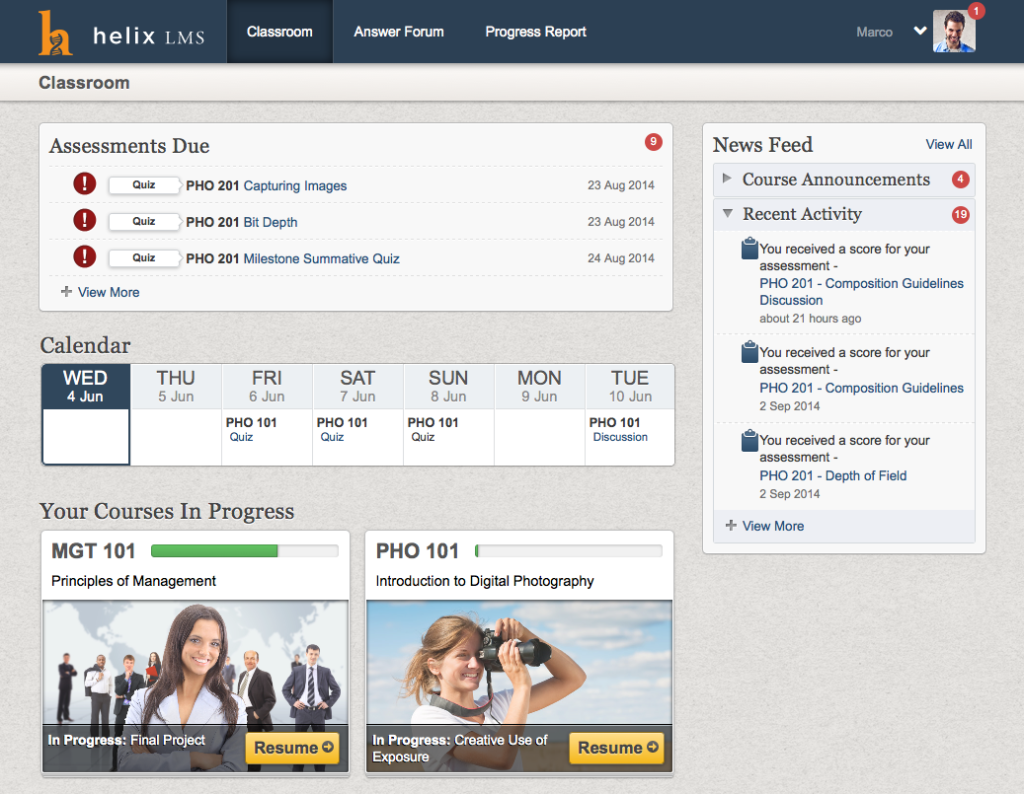
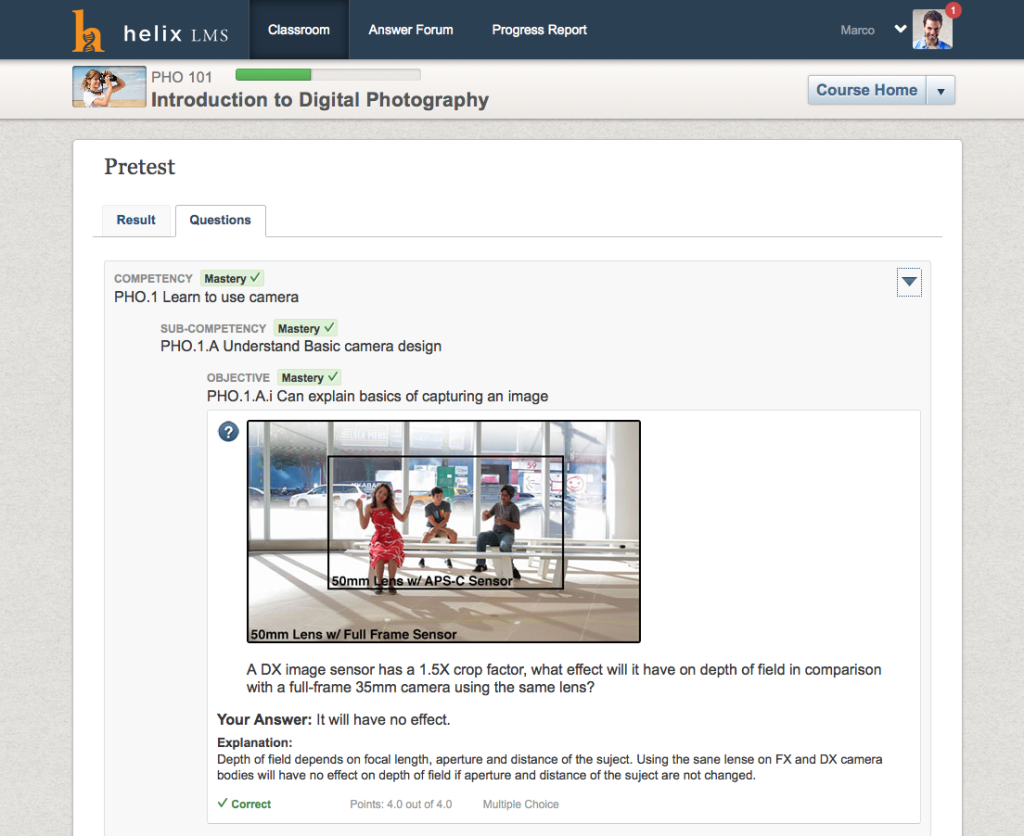
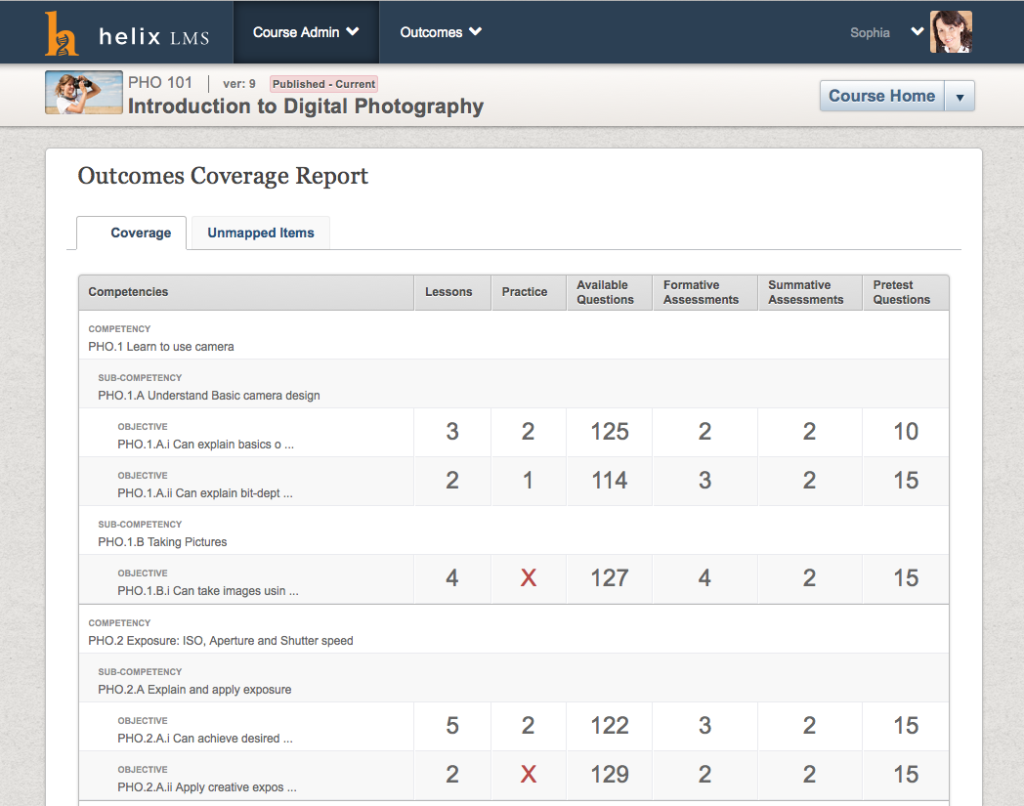
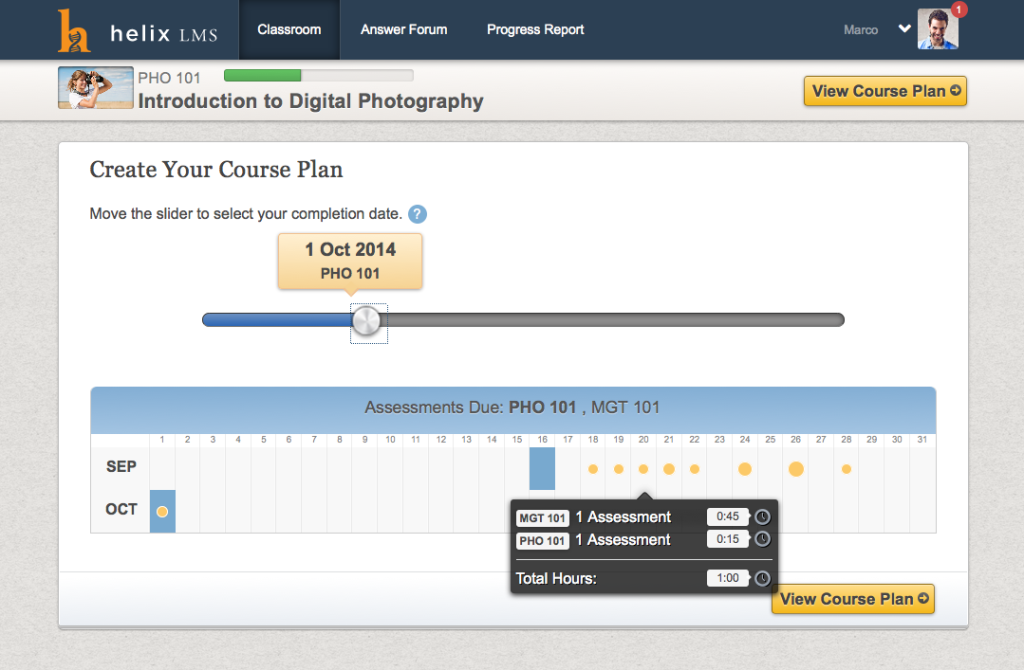
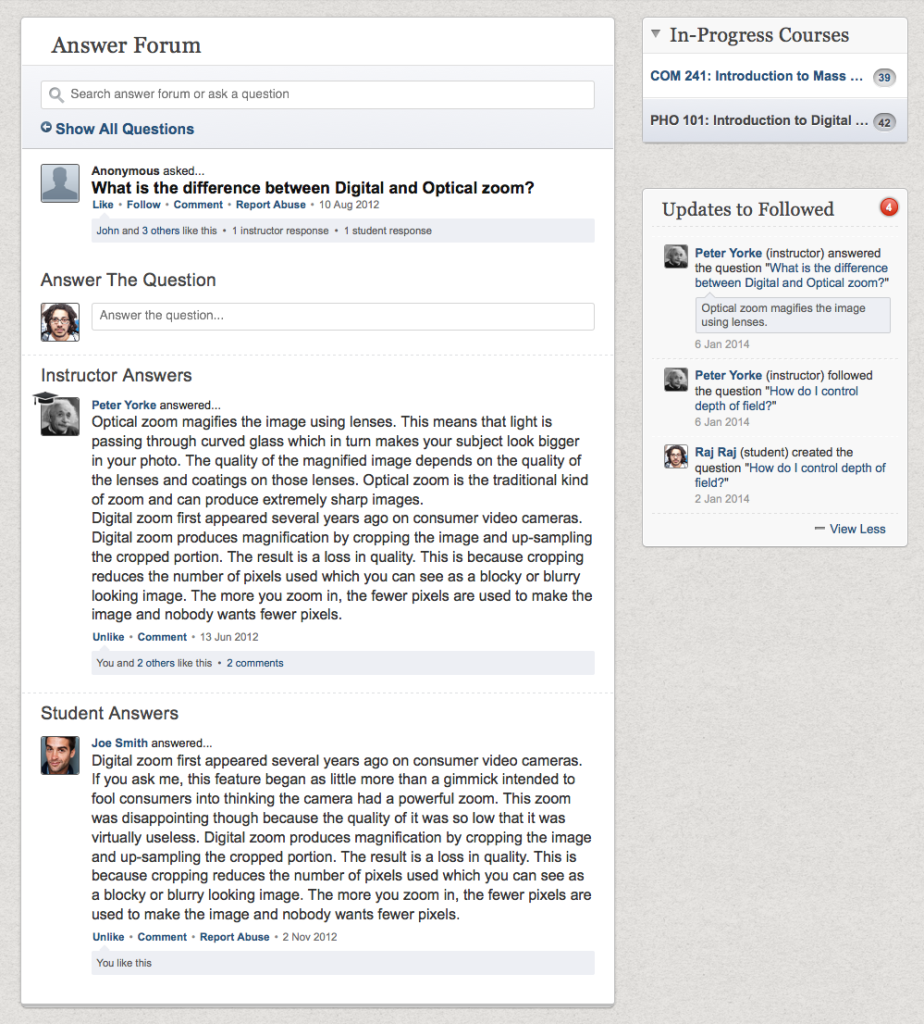
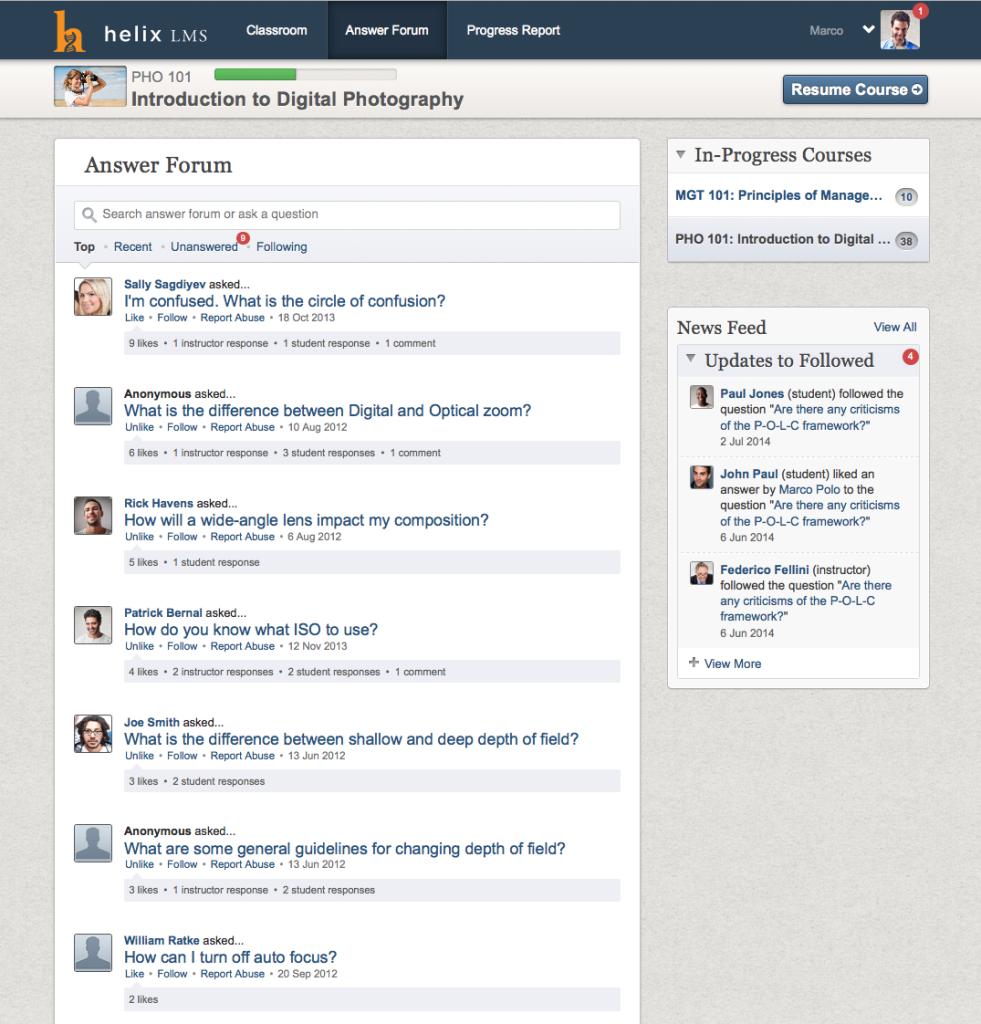
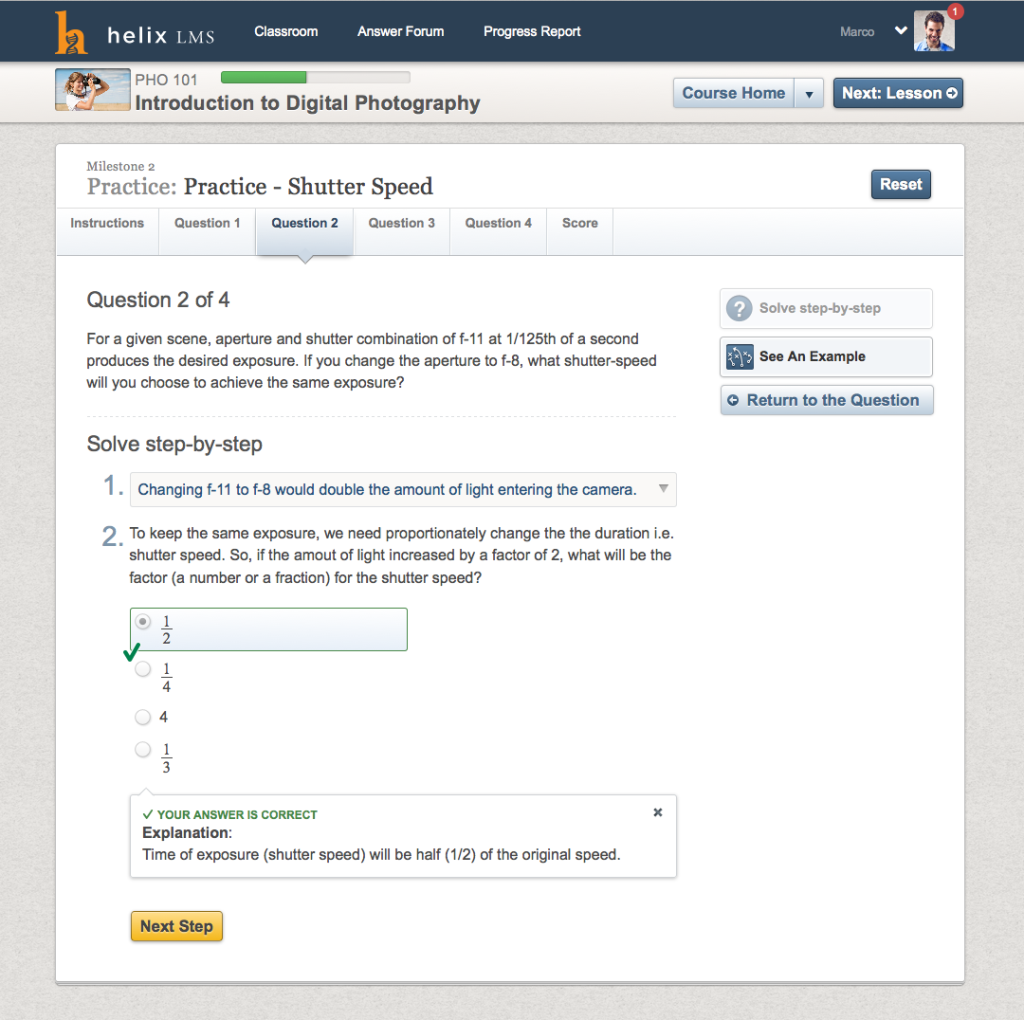

[…] Helix: View of a LMS designed for competency-based education, Phil Hill, e-literate […]